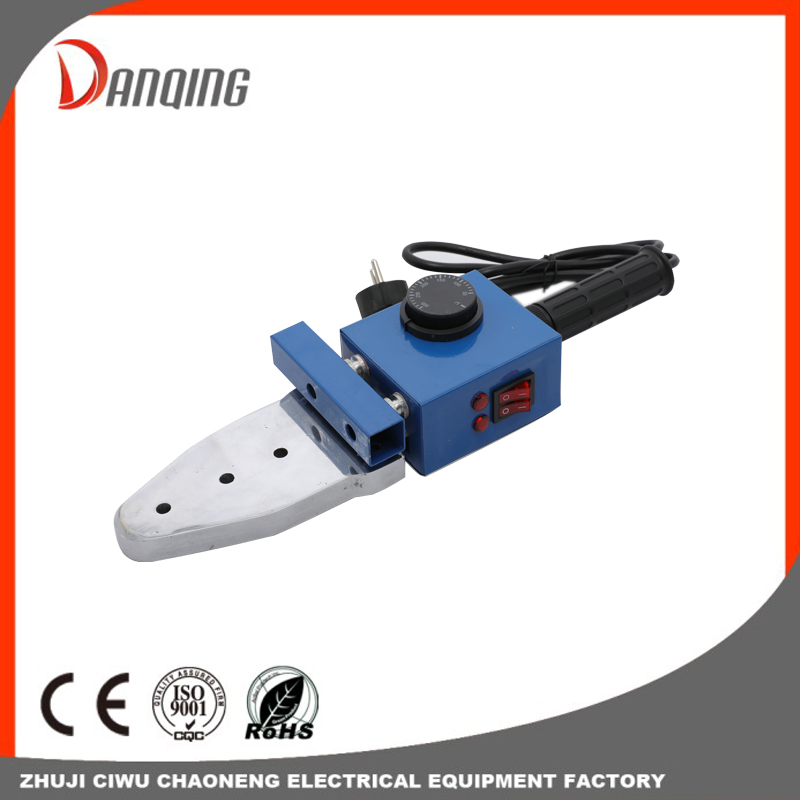Can HDPE pipes be welded
How to weld HDPE pipes HDPE can be used for vari […]
How to weld HDPE pipes
HDPE can be used for various household sanitary equipment.
HDPE or high-density polyethylene welding is a routine procedure for connecting pipes of a certain length together, whether for industrial or domestic use. In smaller applications (such as you might find in domestic plumbing systems), one of the benefits of welding HDPE plastic is that it does not require welding filler rods. Simply heating the HDPE to the correct temperature and then fusing it with another piece is usually enough to completely weld the two pieces together. The trick is that you cannot use a hair dryer to get the correct temperature for this process.
HDPE welding step 1
Lay HDPE pipes on a stable workbench or on a surface that is not affected by heat. On site, plumbers may use sawmills, flat floors or installation points as work areas. You can use a vise to fix one of the parts, or if you are working in an area where the vise is not available, you can weld HDPE pipes to the concrete floor. Avoid performing this work on linoleum or wooden floors, as extremely high heat can damage such softer finishes. Performing this work on the floor or workbench before installing the pipe will allow you to more easily control the final shape of the pipe without having to fix it in place by hand. Welding the tube to the floor and then placing it alone is sufficient to obtain a strong bond.
HDPE welding step 2
Apply rubbing alcohol to the HDPE surfaces to be welded together, and then wipe each surface with a clean cloth. This will remove oil and other debris that may contaminate the weld.

HDPE welding step 3
Place the two pieces side by side and weld them together within two points. Use a hot air gun to heat the two surfaces to be welded to a temperature of at least 325 degrees. At this time, HDPE becomes very soft and flexible. Do not touch these areas to test their flexibility or heat resistance, because if you touch a plastic surface at this temperature, it may stick to the skin and cause severe burns. Instead, use a non-contact thermometer to determine the surface temperature of HDPE components.
HDPE welding step 4
Set the heat gun aside, and then press the heated work pieces together at the location to be connected. HDPE will seep slightly at the joint of the two parts. While holding the two pieces of HDPE in place, let them cool for about three minutes, then wait another ten minutes, then apply pressure to the welded joint or try to install the piping. When the two pieces of HDPE cool below 120 degrees, the HDPE plastic parts will fuse together. At this point, you can install new parts or proceed with applicable projects.

